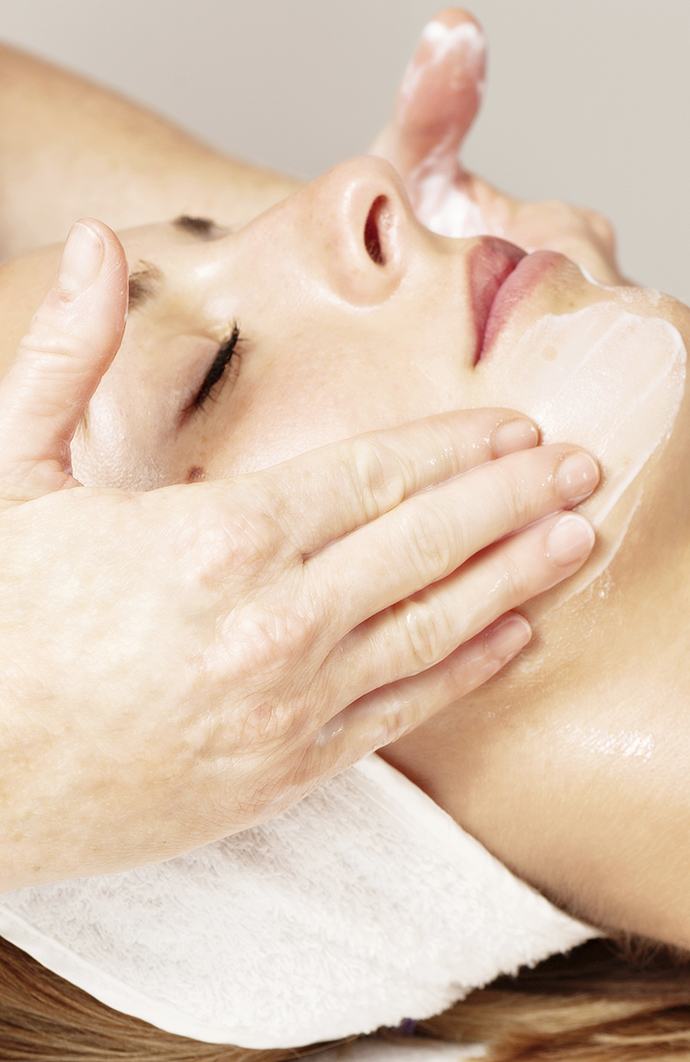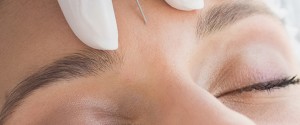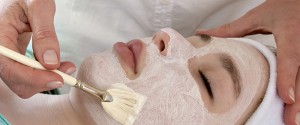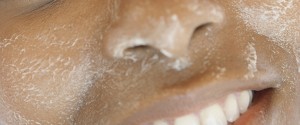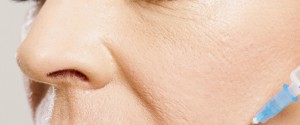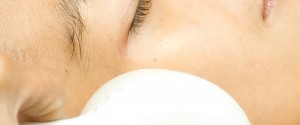Laser Resurfacing

If sun spots, acne, or just general aging has left your face with lines, wrinkles, scars, and blotches, you may want to consider laser skin resurfacing to help your skin regain a younger and healthier look. Laser skin resurfacing removes layers of skin one at a time, allowing new skin cells to form. This gives the skin a younger, tighter surface. This procedure can be done on its own but is often part of a much larger cosmetic surgery, such as a facelift or fat injection.
Who is it good for?
If you have wrinkles or fine lines around your mouth, eyes, or forehead, scars from acne, or the condition of your skin did not improve following a facelift, you may be a candidate for laser skin resurfacing. This technique does not work on people who currently have acne or those that have very dark skin.
To prepare for laser resurfacing, you want to make sure you talk to your doctor or surgeon about anything you should avoid taking in the weeks or months beforehand. For example, you will likely be told to stop taking medications that can affect clotting. Most patients are also asked to stop smoking. The procedure generally takes less than an hour and you will be able to go home that night. You will need to clean the treated area several times a day and apply ointment such as petroleum jelly to prevent scabs from forming. There are several potential complications that you should be aware of before you agree to the procedure, such as bacterial infections, reactivation of herpes cold sores, changes in the skin’s pigmentation, scarring, and burns or other injuries from the heat of the laser. Laser skin resurfacing is a relatively expensive procedure, and is likely to cost you over $2,000 USD. It is also considered a cosmetic procedure, and is likely not covered by most medial insurance companies. Following the procedure, the treated areas will be bandaged. Swelling is normal, and your doctor may give you steroids to help manage the swelling. You can also use an extra pillow at night to ease the swelling. Depending on the scale of the procedure, the healing process may take anywhere between ten and twenty-one days, although it make take several months for the redness to fade from your face.
Compare
There are two different lasers associated with the laser skin resurfacing procedure: erbium and carbon dioxide. Carbon dioxide treats a number of different skin issues, including enlarged oil glands on the nose, warts, scars, and wrinkles. It uses very short pulsed light energy called “ultrapulse” that is delivered in a scanning pattern to remove thin layers of skin while causing little to no heat damage. For this procedure, the recovery time is generally two weeks long. The other option is the erbium laser. It is designed to remove surface-level and moderately deep wrinkles and lines on the chest, neck, hands, and face. The surrounding tissue is burned only minimally, which causes fewer side effects than a carbon dioxide laser—less redness, bruising, and swelling. Recovery time usually takes about a week when using the erbium laser.

